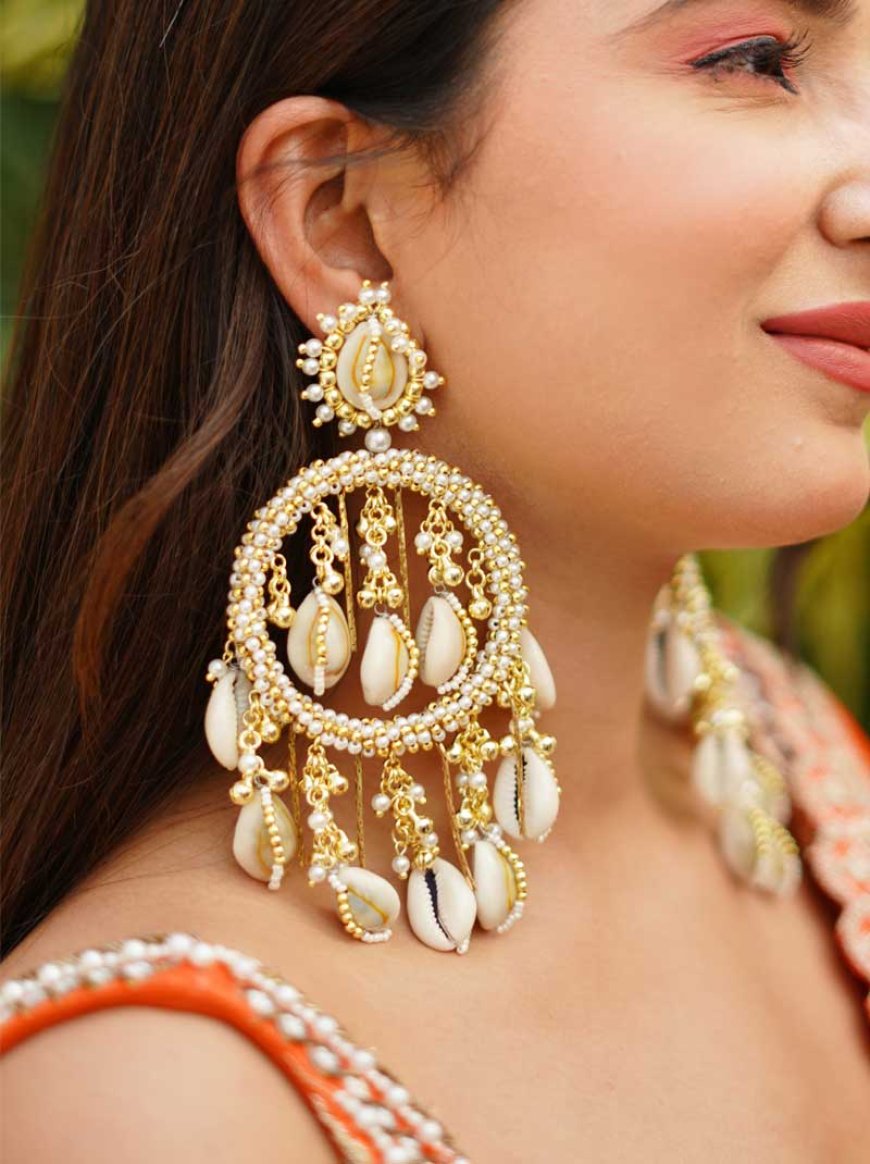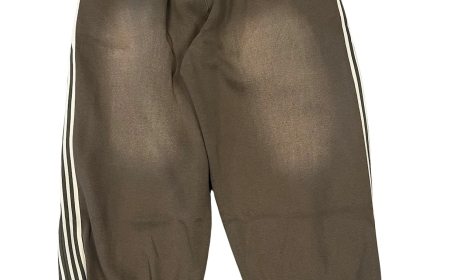Traditional Jewellery: A Timeless Tale of Culture and Craftsmanship
Jewellery has always been a big part of human history. From early tribes to powerful royal families, it has been more than just pretty things to wear. It has also stood for who people are, their traditions, and their culture.

Jewellery has always been a big part of human history. From early tribes to powerful royal families, it has been more than just pretty things to wear. It has also stood for who people are, their traditions, and their culture. Especially in India, traditional jewellery is very important. It shares stories, marks special moments, and shows the rich variety of cultures.
Even now, in a world where fashion changes quickly, traditional jewellery still has a special meaning for women.
Whether it's beautifully made handmade jewellery , jewellery made from shells, delicate seashell designs, or classic Indian styles, these items keep changing but still keep their original charm.
Lets look into the lasting world of jewellery for women and see why traditional pieces are as important today as they have always been.
The Meaning Behind Jewellery for Women
For women in different cultures, jewelry means much more than just looking nice. It is often the first gift a girl gets after she is born, a special treasure that is kept and passed down through family generations, or a meaningful sign of promise during weddings. Jewelry shows who someone is, reminds them of important times, and shows how they feel about others.
In Indian culture, different jewellery pieces carry different meanings:
-
Mangalsutra: Worn by married women to signify eternal bond.
-
Nose rings: Reflect regional identity and femininity.
-
Anklets and bangles: Indicate prosperity and are considered auspicious.
-
Toe rings: Worn by married women to signify sacred union.
These symbolic ornaments aren't just clothing itemsthey are part of a woman's life story. Jewelry for women is very personal, full of emotion, and sometimes has spiritual meaning.
Handmade Jewellery: Art Woven with Emotion
With the rise of fast fashion, machine-made jewelry has become very common. But handmade jewelry is still special in its own way. Made by skilled artisans, every piece of handmade jewelry has a storyfull of passion, patience, and tradition.
India boasts a rich tradition of handmade jewellery techniques:
-
Terracotta jewellery: Created from baked clay and painted by hand. Commonly found in West Bengal and Odisha.
-
Dokra jewellery: A form of metalwork using lost-wax casting, practiced by tribal artisans in Chhattisgarh and Jharkhand.
-
Thread jewellery: Handwoven with silk or cotton threads, often decorated with beads and stones.
-
Beaded tribal jewellery: Bold, colorful pieces made by indigenous communities with natural materials.
Handmade jewelry is a good choice for ethical fashion. It helps support artisans in rural areas, uses materials that are better for the environment, and gives a unique feel that can't be matched by items made by machines. For women who care about realness and tradition, handmade pieces are more than just jewelrythey are actual works of art.
Shell Jewellery: The Earthy Elegance of Nature
Nature has always inspired the earliest types of jewelry. Long before diamonds and gold were used, people wore shellsgifts from the earth that were highly valued. Shell jewelry, especially cowrie shells, has been worn in India for thousands of years. These shells were once used as money and still represent fertility, wealth, and blessings from the divine.
Now, shell jewelry is gaining attention again because of its natural beauty.
Designers are mixing old methods with new trends to make pieces that are both eco-friendly and stylish.
Popular types of shell jewellery include:
-
Cowrie shell chokers and necklaces
-
Bracelets and anklets strung with polished shells
-
Drop earrings with gold or silver accents
-
Shell-adorned hair accessories and rings
Shell jewelry is great for women who want to stay connected to nature and show off their personal style. It's simple, beautiful, and has a special natural lookperfect for wearing daily or during important events.
Seashell Jewellery: Oceans Beauty Captured in Design
Moving beyond cowrie shells, seashell jewelry includes a range of ocean-inspired items like conch shells, scallops, mother-of-pearl, and starfish designs. These kinds of jewelry are especially loved in coastal areas such as Goa, Kerala, and Tamil Nadu, where the sea plays a big role in both fashion and daily life.
Seashell jewelry is known for its calm colors and light, refreshing look.
It is usually made by hand using eco-friendly materials and mixed with beads, cords, and metal parts to make one-of-a-kind pieces.
Trending seashell jewellery styles include:
-
Layered shell necklaces with pearls or coral beads
-
Seashell drop earrings in minimalist designs
-
Handmade rings and cuffs with seashell motifs
-
Shell-embellished anklets and belts for beachwear
The charm of seashell jewelry comes from how well it works with different styles. It pairs nicely with traditional sarees, bohemian clothes, beach outfits, and even everyday Western wear. Since every shell is unique in its own way, each piece of jewelry becomes a special, one-of-a-kind item.
Indian Jewellery: A Rich Legacy of Craft and Culture
India has a deep and lasting love for jewelry. The variety of jewelry in India shows how rich and deep the countrys culture and history are. Each region has its own special style, influenced by religion, royal traditions, and local art skills.
Some iconic types of Indian jewellery include:
-
Kundan jewellery: A regal design using gemstones set in gold foil. Often worn at weddings and formal events.
-
Polki jewellery: Made with uncut diamonds for a raw, unfiltered shine.
-
Meenakari jewellery: Enamel-painted pieces known for vibrant colors and floral motifs.
-
Temple jewellery: Intricately carved gold pieces inspired by South Indian temple art.
-
Tribal jewellery: Bold, rustic designs made from silver, beads, and natural materials.
Indian jewellery holds deep meaning and is very important in special occasions, religious gatherings, and festivals. Even now, many brides pick traditional jewellery sets not only because they look beautiful but also because they carry a strong cultural value.
Conclusion: Timeless Jewellery for the Modern Woman
Traditional jewellery is more than just metal, stones, or shellsit's made of memories, feelings, and who we are, shaped into lovely designs. Whether it's the carefully made art of handmade jewellery, the natural charm of shell and seashell pieces, or the fancy style of Indian jewellery, every piece has a story to share.
When modern women choose traditional jewellery, they are making a strong choice.
They are picking real things instead of just following trends, choosing eco-friendly options over mass-made items, and showing pride in their culture, creativity, and confidenceone piece at a time.






















